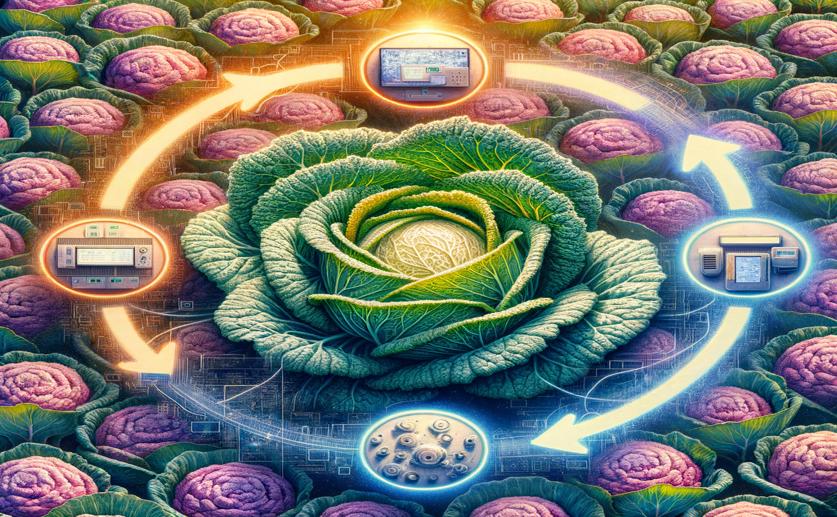
Seasonal Changes in Kimchi Cabbage: Using AI to Study Growing Seasons and Taste
Greg Howard
30th May, 2024

Image Source: Natural Science News, 2024
Key Findings
- Researchers at Korea University studied kimchi cabbage grown in different environments throughout the year to understand taste variations
- They identified 15 primary metabolites, 10 glucosinolates, and 12 hydrolysates that influence taste
- Predictive models were developed to forecast seasonal taste differences, showing high accuracy with R2 values from 0.77 to 0.95
References
Main Study
1) Seasonal variation of metabolites in Kimchi cabbage: utilizing metabolomics based machine learning for cultivation season and taste discrimination
Published 29th May, 2024
https://doi.org/10.1007/s13580-024-00624-4
Related Studies
2) Methyl jasmonate treated broccoli: Impact on the production of glucosinolates and consumer preferences.
3) Metabolic changes in Avena sativa crowns recovering from freezing.
4) Seasonal Effects of Glucosinolate and Sugar Content Determine the Pungency of Small-Type (Altari) Radishes (Raphanus sativus L.).



 29th May, 2024 | Jim Crocker
29th May, 2024 | Jim Crocker